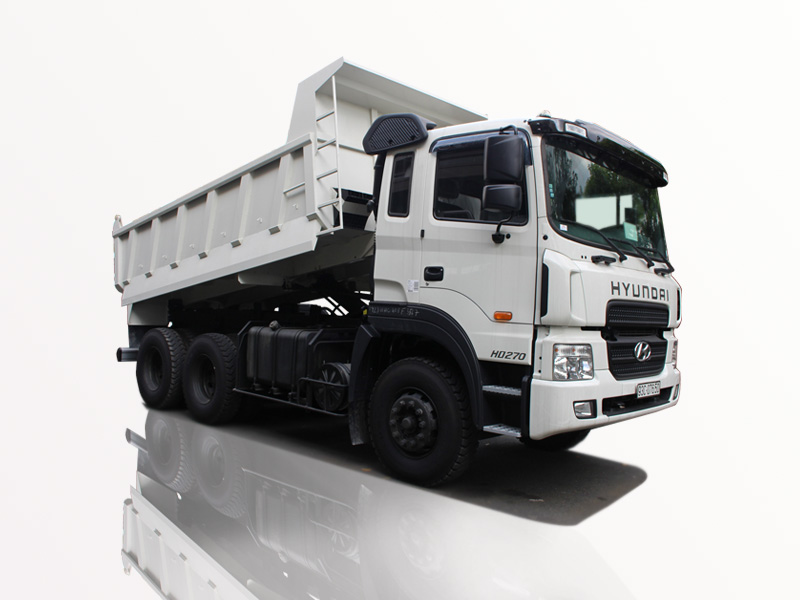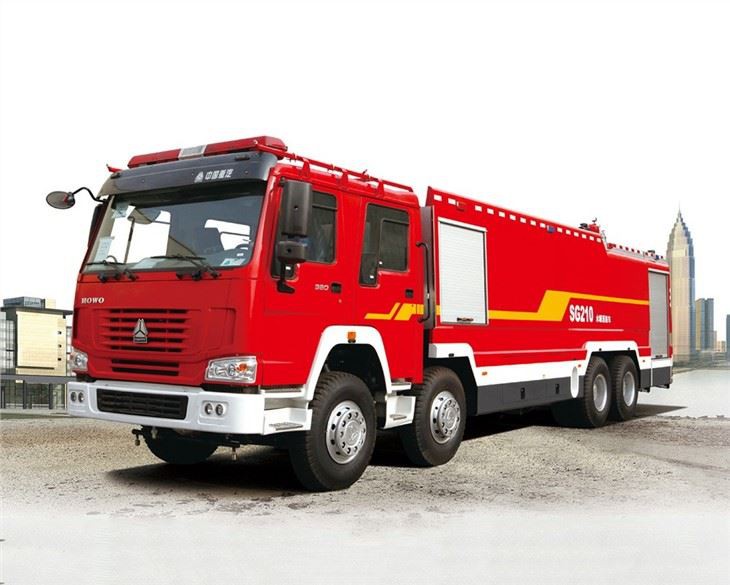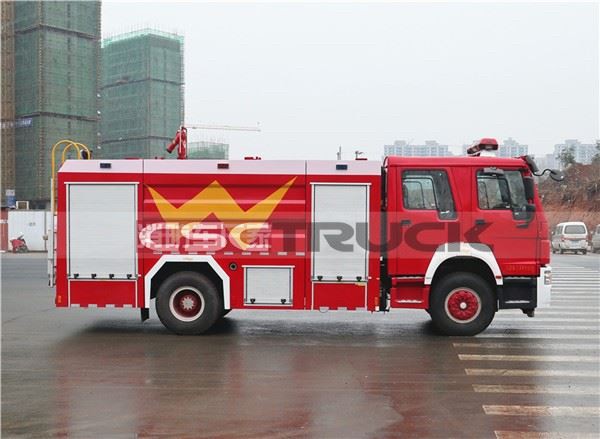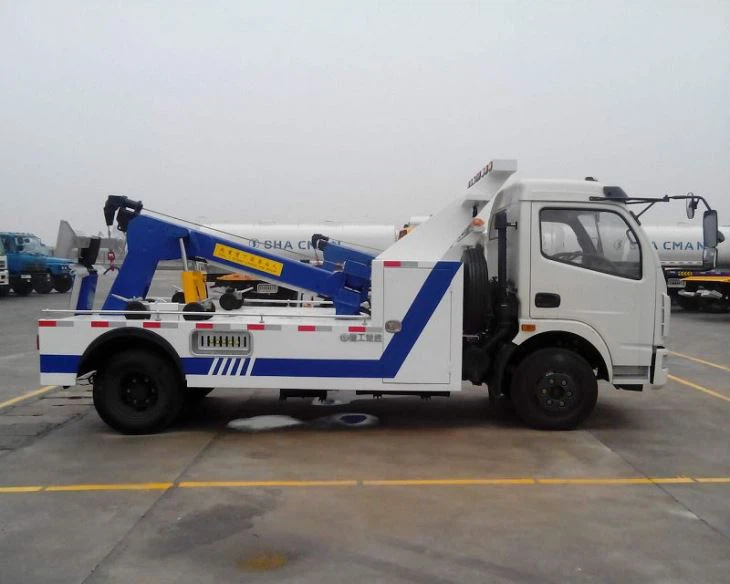Temporary sewer tanks play a crucial role in construction and emergency scenarios when traditional sewage systems are not available or functional. In this comprehensive article, we explore everything you need to know about temporary sewer tanks, including their types, applications, installation process, maintenance tips, and frequently asked questions.
What are Temporary Sewer Tanks?
Temporary sewer tanks are flexible, portable storage systems designed to hold sewage and wastewater in situations where a permanent system is not feasible. Used primarily in construction sites, special events, or disaster-stricken areas, these tanks provide a temporary solution to sanitation challenges.
Types of Temporary Sewer Tanks
1. Above-Ground Temporary Tanks
Above-ground tanks are typically used for short-term applications. These are easy to install and can be set up quickly. They are ideal for construction sites with limited space.
2. Below-Ground Temporary Tanks
Below-ground tanks require excavation but offer greater protection against environmental elements. These tanks are suitable for longer-term applications and when aesthetics or space is a concern.
3. Portable Holding Tanks
These mobile tanks can be easily transported to various locations, making them an excellent choice for events or temporary work sites. They are designed to be lightweight and easy to set up.
4. Vacuum Tanks
Vacuum tanks are designed to collect sewage and wastewater using a vacuum system. They are usually used in emergency situations and can be emptied quickly, making them a popular choice for disaster relief.
Applications of Temporary Sewer Tanks
1. Construction Sites
Temporary sewer tanks are widely used on construction sites to manage wastewater and sewage from portable restrooms and other facilities. This ensures compliance with health regulations and prevents contamination of the surrounding area.
2. Special Events
Large gatherings such as festivals, concerts, and fairs often require temporary sewer tanks to manage increased demand for sanitation facilities. These tanks help maintain cleanliness and public health during the event.
3. Emergency Situations
During natural disasters or infrastructure failures, temporary sewer tanks serve as a crucial backup system. They allow for the safe collection and storage of sewage until proper infrastructure can be restored.
4. Remote Locations
In areas where traditional sewage systems are unavailable or impractical, temporary sewer tanks provide a necessary solution. They can be used in rural communities or during outdoor events where access to plumbing is limited.
How to Install Temporary Sewer Tanks
1. Site Assessment
Before installation, conduct a thorough site assessment to determine the best location for the tank. Consider factors such as accessibility, privacy, and environmental impact.
2. Level the Ground
Ensure the area is leveled and free from debris. This will provide a stable foundation for the tank, preventing tipping or damage.
3. Install the Tank
Follow the manufacturer’s guidelines for installation. If it’s an above-ground tank, simply position it in the designated area. For below-ground tanks, excavation will be necessary. Ensure the tank is firmly anchored to prevent movement.
4. Connect Pumping Equipment
If the tank requires pumps for emptying or filling, connect the necessary equipment. Verify that all connections are secure and leak-free.
5. Conduct a Test Run
After installation, perform a test run to ensure the tank and its equipment are functioning correctly. Check for leaks and ensure that the system can effectively handle wastewater flow.
Maintenance and Care for Temporary Sewer Tanks
1. Regular Inspections
Conduct regular inspections of the tank and its components. Check for signs of wear, leaks, or damage that could lead to malfunctions.
2. Pumping Schedule
Establish a regular pumping schedule based on the tank’s usage. For busy sites, pumps may need to be scheduled weekly, whereas less frequented sites may only require monthly servicing.
3. Proper Cleaning
After the tank has been emptied, perform a thorough cleaning to prevent odors and ensure hygiene. Use appropriate cleaning solutions that are safe for wastewater systems.
4. Monitor Environmental Conditions
Be aware of local environmental conditions that may affect the tank, such as heavy rainfall or flooding, and take necessary precautions to prevent overflow or contamination.
Cost Considerations for Temporary Sewer Tanks
The cost of renting or purchasing temporary sewer tanks can vary significantly based on several factors:
| Factor | Price Estimate |
|---|---|
| Renting Costs | $150 – $500 per week |
| Purchase Costs | $1,000 – $50,000 (depending on size and type) |
| Maintenance Fees | $50 – $200 per service |
| Pumping Costs | $150 – $300 per pump-out |
Ultimately, the costs will depend on the specific needs of your project.
Choosing the Right Temporary Sewer Tank
1. Determine Your Needs
Assess the size of the project, the expected volume of wastewater, and the duration for which the tank will be needed. Consider factors such as the number of users and the frequency of wastewater generation.
2. Consult Professionals
It’s advisable to consult with sanitation professionals or rental companies. They can provide recommendations on the right type and size of tank for your specific circumstances.
3. Check Local Regulations
Before installation, review local regulations governing wastewater management. Compliance with local laws ensures not only safety but also peace of mind.
Practical Tips for Using Temporary Sewer Tanks
1. Utilize High-Quality Materials
Invest in a high-quality tank made from durable materials to avoid leaks and potential environmental harm.
2. Educate Users
Inform users on how to use the facilities correctly, including guidelines on what can and cannot be disposed of in the tanks.
3. Keep the Area Clean
Regularly maintain the area around the tank to keep it clean and inviting, which can also help prevent odor issues.
4. Plan for Emergencies
Have a contingency plan for emergencies such as overflow or tank failure. Knowing how to respond quickly can mitigate the impact of any problems.
FAQs about Temporary Sewer Tanks
1. How long can temporary sewer tanks be used?
Temporary sewer tanks can be used indefinitely, as long as they are maintained properly and comply with local regulations. However, they are best suited for short-term needs.
2. What happens if the tank overflows?
If a temporary sewer tank overflows, it can lead to environmental contamination and health hazards. It is essential to have a proper pumping schedule and monitor usage to avoid overflow.
3. Can I use a temporary sewer tank for potable water?
No, temporary sewer tanks are designed exclusively for sewage and wastewater. Using them for potable water can lead to contamination.
4. How often should temporary sewer tanks be pumped out?
The pumping frequency depends on tank usage and volume generated. For high-traffic areas, weekly pump-outs are common, while less-active sites may require monthly servicing.
5. Are temporary sewer tanks environmentally safe?
Yes, when properly maintained and used according to guidelines, temporary sewer tanks can be environmentally safe. Avoiding leaks and spills is critical to environmental protection.
6. How do I dispose of wastewater from a temporary sewer tank?
Wastewater from temporary sewer tanks must be disposed of at authorized treatment facilities. Always ensure compliance with local regulations regarding wastewater disposal.



